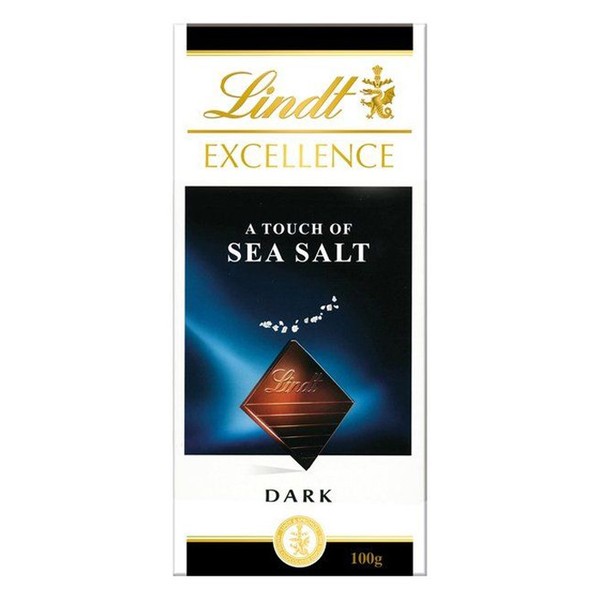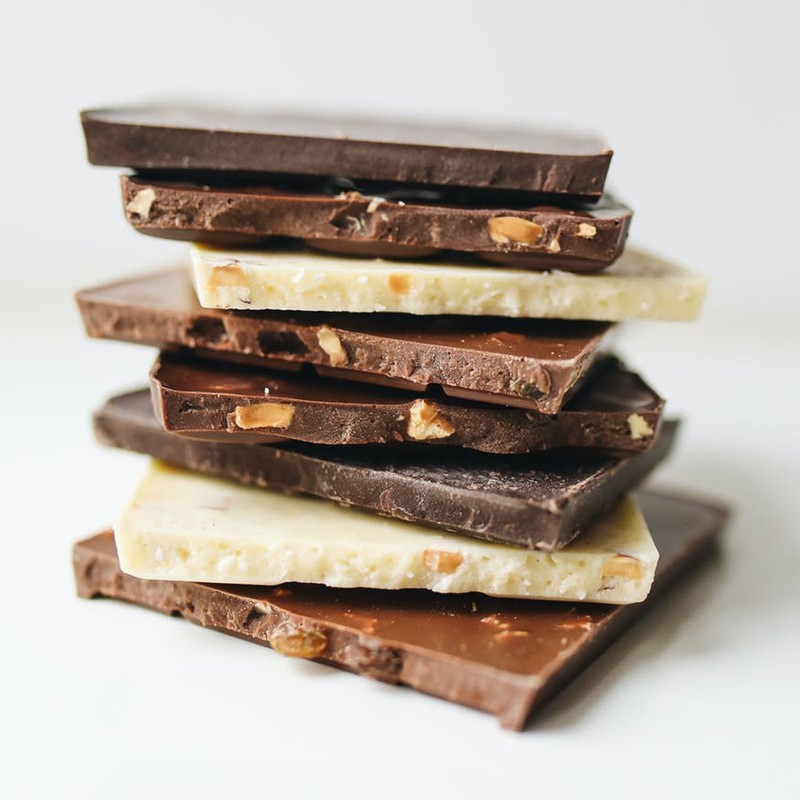
A Nutritionist’s Guide To Chocolate
Go Dark
“You’ve heard it before and with good reason – dark chocolate is one of the most highly rated superfoods. It tops many others, including blueberries and acai berries. Just be sure to go as dark as possible, as studies have shown the proteins in milk chocolate hinder our body’s ability to absorb the health-boosting antioxidants from cocoa. The more chocolate is processed, the less of the good stuff there is – aim for at least 70%.” – Kathryn Danzey, founder of Rejuvenated and wellness expert
Indulge Daily
“Good news for chocolate lovers – researchers found that eating 30g of dark chocolate on a daily basis could be just what the doctor ordered. Studies have indicated this small amount of chocolate can help lower blood pressure. Studies have also linked chocolate to helping prevent inflammation, reduce stress and even improve our memory. A serving of 30-60g of the dark stuff is the right amount to top up levels of flavanols, a potent antioxidant. Just remember that eating more than this can lead to weight gain, as an 100g bar of 85% dark chocolate contains around 600 calories.” – Kathryn
Think About Sugar
“The darker the chocolate, the higher the percentage of cocoa solids and the less sugar it contains. For example, 100g of Dairy Milk (which is just 20% cocoa solids) contains 57g carbohydrates, almost all of which is sugar, while Lindt’s 70% dark chocolate contains 34g of carbs and 29g of sugar, less than half the sugar of Dairy Milk. If you’re looking to re-train your tastebuds to appreciate darker blends, try Lindt’s Touch of Sea Salt Dark – with 47% cocoa solids, it’s high in sugar but a great introduction to dark chocolate for those who don’t usually like darker varieties. Firetree’s chocolate is also worth trying if you’re into dark chocolate – it’s 100% dark and contains less than a teaspoon of sugar per 100g.” – Petronella Ravenshear, nutritional therapist
Don’t Worry About The Fat
“While it’s important to stick to portion size, it’s also worth noting the dietary fat in dark chocolate is called ‘stearic acid’, which doesn’t affect blood lipid levels as much as some fats do.” – Kathryn
Read The Label
“If sugar is listed first on an ingredients list, that means it’s the most prevalent ingredient, but that’s not all to watch out for. Lots of chocolate is made with corn syrup, high fructose corn syrup, artificial colours derived from petroleum, preservatives, artificial flavours, emulsifiers and other synthetic ingredients. Also look out for ‘vanillin’, a commonly used artificial flavouring that tastes like vanilla. Lots of companies manufacture chocolate using fake ingredients to trick our senses into making us think we are eating something real. Also consider that the cocoa bean, from which chocolate is produced, is one of the most heavily pesticide-treated crops in the world. To avoid this, look for organic chocolate where possible.” – Vani Hari, founder of FoodBabe.com and author of Feeding You Lies
Pair With Nuts
“If you’re really stuck on your milk chocolate fix, try eating it with nuts. Walnuts are especially good – they provide antioxidants, as well as fibre and healthy fats, which slow down the speed at which sugar hits the blood stream. But remember sugar is an ‘anti-nutrient’ i.e. it uses up more nutrients when it’s broken down in the body than it gives us, specifically B vitamins, vitamin C, zinc and magnesium. And sugar is an anti-nutrient for our skin, too – it stiffens collagen, which leads to wrinkles as well as making us more prone to spots.” – Petronella
Consider Going Raw
“My top choice is raw, vegan and organic chocolate. Cacao is the raw ingredient from which chocolate is made, and it’s rich in antioxidants and minerals, especially magnesium. You’re getting the maximum health benefits by eating chocolate when it’s in its raw state. Conventional chocolate also often contains dairy, which means that unless it’s organic, you’re likely consuming milk from cows that have been raised with antibiotics and growth hormones.” – Vani
Know The Good Brands
“Ombar is a great brand to look out for – their bars range from 100% raw cacao downwards and they come in handy 35g single serving bars. Green & Blacks is also a classic – it’s organic and delicious. I also recently discovered Doisy and Dam, who offer interesting flavours, such as goji and orange, and maca and vanilla.” – Kathryn
Try A Smoothie
“For a healthier chocolate treat, try a smoothie made with chocolate protein powder, coconut milk, frozen banana and peanut butter. This satisfies my cravings for chocolate and tastes like a healthy version of Reese’s Peanut Butter Cups.” – Vani
Look For Alternative Sugar Sources
“Eating refined sugar (the white stuff) is addictive – it makes you fat, tired, depressed and weakens immunity, ages your skin and when consumed in excess can cause all sorts of diseases. Where possible, look to chocolate that’s sweetened without refined sugar or corn syrup. Some brands use nutrient-dense sweeteners like coconut palm sugar or maple syrup, and even real food like dates.” – Vani
Try these healthier chocolate bars for a nutritionally superior snack…
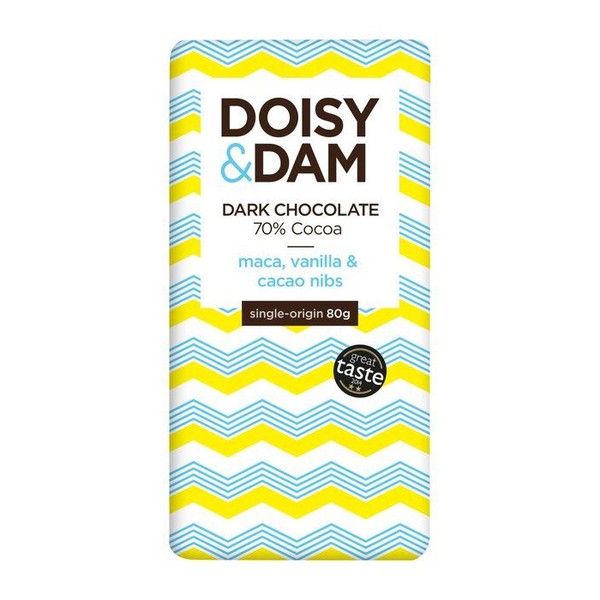
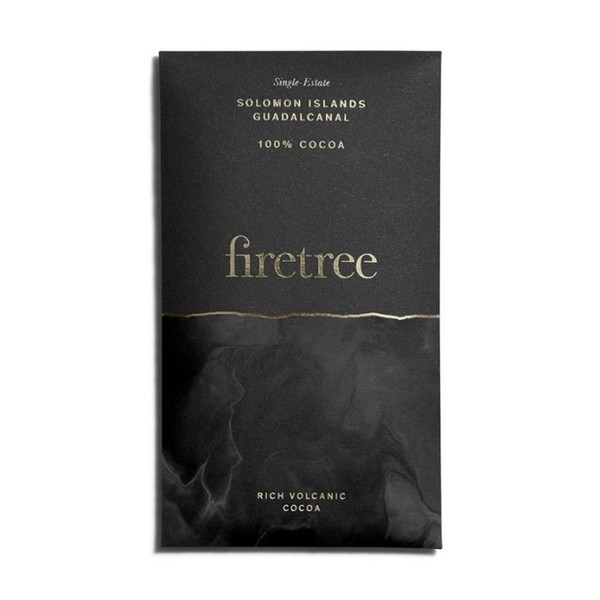
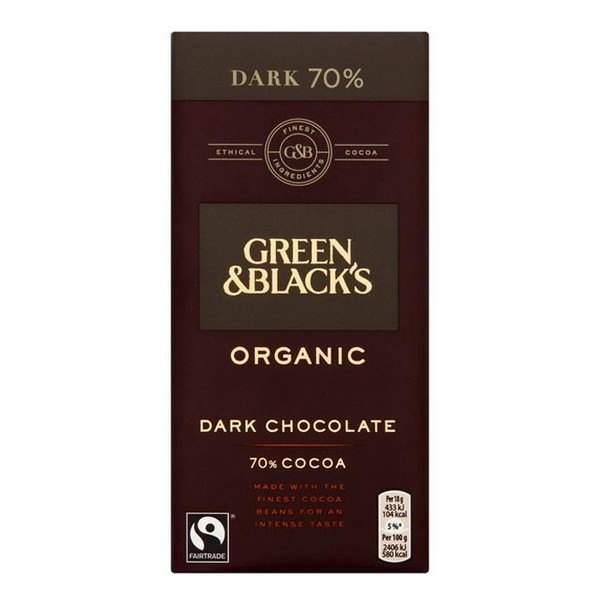
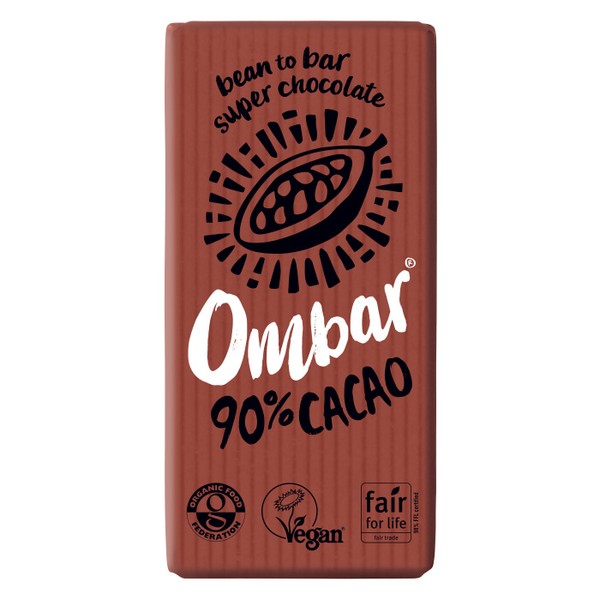
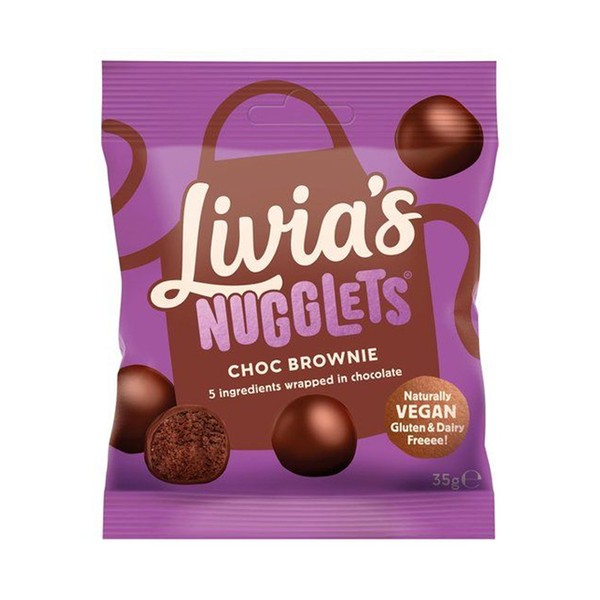
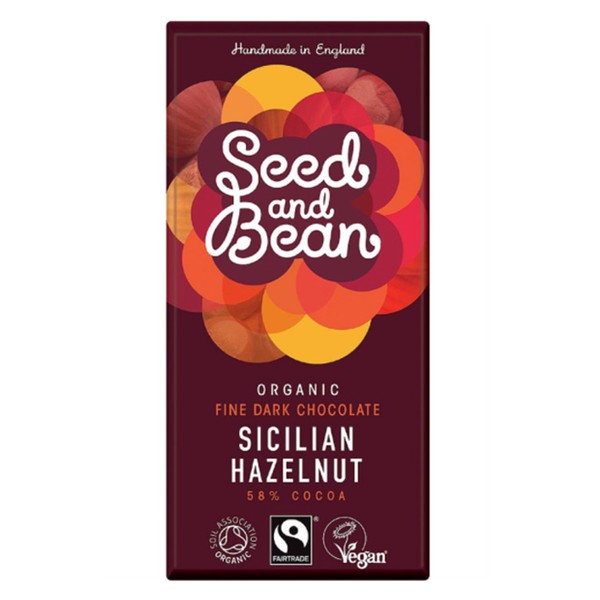
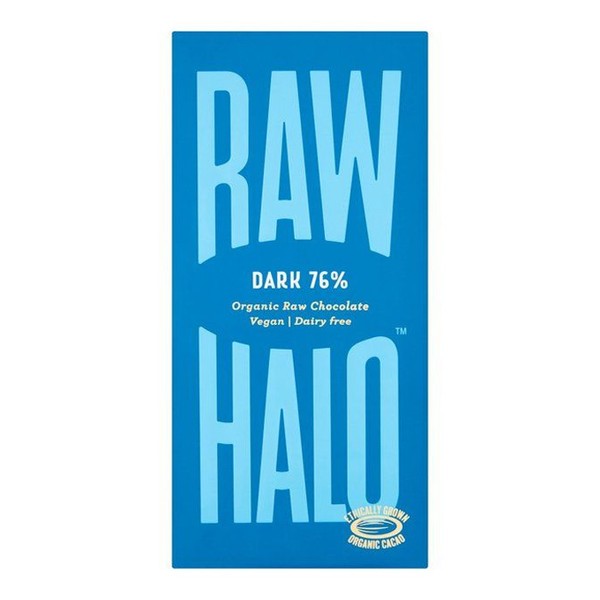
Food Babe Kitchen by Vani Hari is out now; for more information visit FoodBabe.com, ChelseaNutrition.com and Rejuvenated.com
*DISCLAIMER: Features published by SheerLuxe are not intended to treat, diagnose, cure or prevent any disease. Always seek the advice of your GP or another qualified healthcare provider for any questions you have regarding a medical condition, and before undertaking any diet, exercise or other health-related programme.
DISCLAIMER: We endeavour to always credit the correct original source of every image we use. If you think a credit may be incorrect, please contact us at info@sheerluxe.com.
